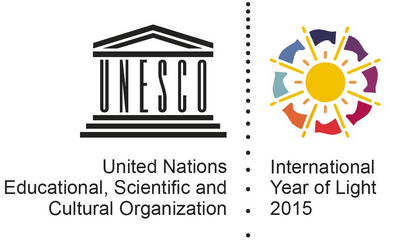Lightsources of the world
Light is a key ingredient for large scientific research facilities known as synchrotrons and Free Electron Lasers (FELs). At the heart of one of these giant machines is a particle accelerator which is used to create an incredibly bright light. This light is so intense it can reveal the atomic and molecular detail of the world around us, and is used by scientists the world over for fundamental and applied research into almost every scientific research field imaginable. There are now more than 60 synchrotrons and FELs around the world dedicated to applications in physics, engineering, pharmacology, and new materials, to name but a few. You can browse these pages for information and links to resources that will allow you to explore the remarkable properties of these magnificent machines.
Revealing the world around us

- Zoom
- The European Synchrotron Radiation Facility, Grenoble, France
- © ESRF
Scientists use synchrotron light to study a vast range of subject matter, from new medicines and treatments for disease to innovative engineering and cutting-edge technology.
Whether it is fragments of ancient paintings or unknown virus structures, scientists can study their samples using a machine that is 10,000 times more powerful than a traditional microscope.
Synchrotrons are amongst the most advanced scientific facilities in the world, and their pioneering capabilities are helping us to find answers to some of the most challenging problems facing us today.
A spectrum of possibilities

- Zoom
- The Electromagnetic Spectrum
- © ESRF
‘Light’ refers to the breadth of the electromagnetic spectrum, which includes visible light, as well as light with wavelengths that we cannot see such as: radio waves, microwaves, infrared, ultraviolet, X-rays, and gamma rays. These different types of light are used in everyday life, however. For example, airport scanners use X-rays to inspect the contents of your suitcase.
The right kind of light and the right equipment can help us see things in much finer detail than the human eye could possibly make out. This capability holds the key to answering some of the fundamental questions about the world around us, such as: what is our planet made from? What are the processes that sustain life? How can we conquer viruses?
These questions can only be answered at the molecular level, and this is where lightsources come in.
Where in the world?

- Zoom
- © Diamond Light Source
Visit lightsources.org to find your nearest light source. This dedicated website is the result of collaboration between communicators from light source facilities around the world, and is a regularly updated global resource providing information and updates about light sources, and opportunities for international collaboration.

